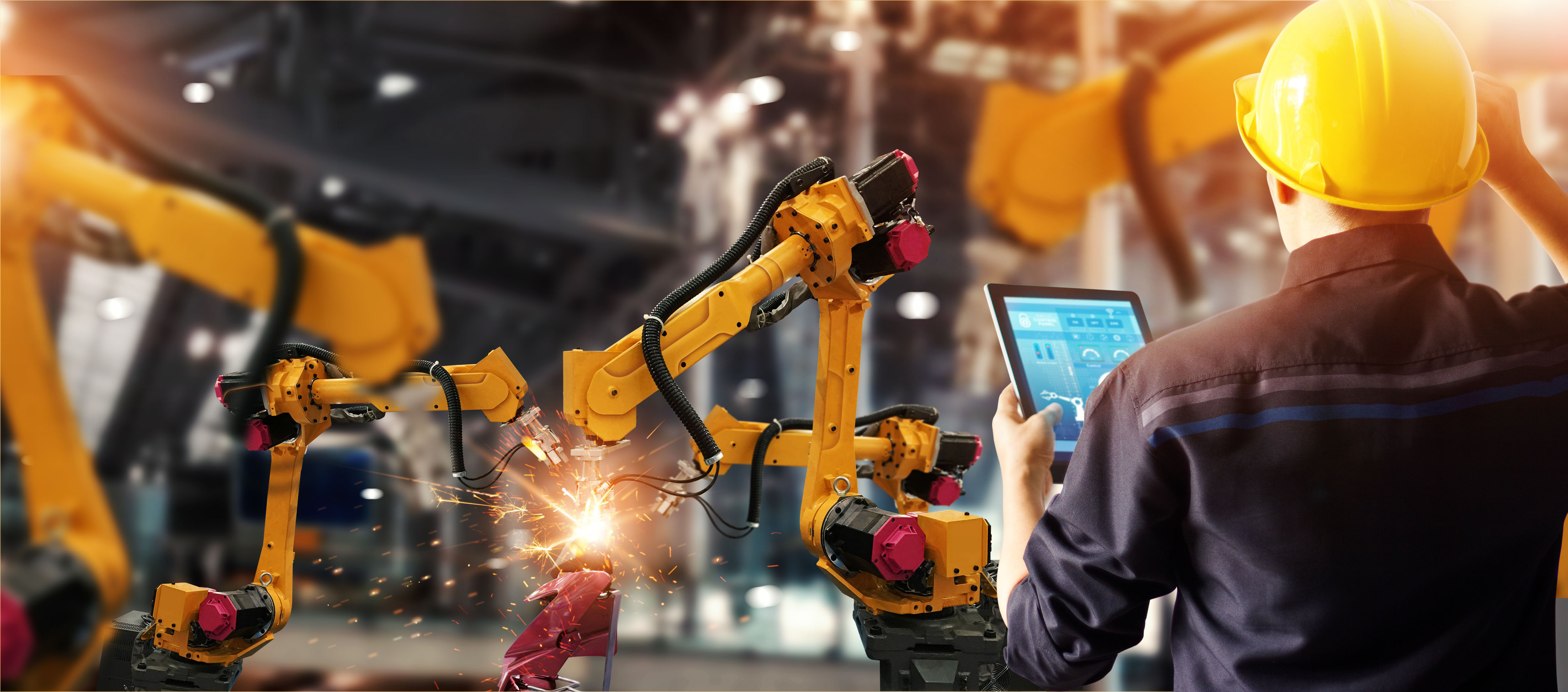
Can RPA be hacked?
Robotic Process Automation offers the ability to automate a number of repetitive tasks within a user environment with bots, alleviating an employee’s workload and massively improving the quality and completion speed of the results. However, with RPA potentially holding access rights to and handling a large amount of sensitive data, companies need to know how secure RPA can be. A fear of hacking is understandable.
Can RPA be hacked? Probably. By the very nature of hacking - abusing vulnerabilities in unforeseen ways to disrupt or damage a company's digital environment - it is impossible to confidently answer this question. Hack-proof systems have been breached numerous times. However, the nature of cybersecurity is as much about avoiding incidents as it is about limiting their scope, controlling the damage, and securing data in such a way that it renders such incidents less impactful. Therefore, while RPA might be hackable, a company can take many measures before that happens to reduce the risk and protect their interests.

How to protect RPA from hacking
To keep your RPA safe with cybersecurity practices, it is essential to first establish certain principles. RPA performs its tasks similarly as a human would, within the systems and environments the human usually operates. Securing RPA is as much about systems as it is about users.
Set the RPA bot with its own set of credentials
RPA runs in the same environment as the user, so it requires access privileges and login credentials. It has as much access as it received to perform its function. A bot operator, the person responsible for programming bots with their intended function, should refrain from giving RPA more access than required.
It is vital to make a distinction between a real user and RPA within the environment both operate. One widespread mistake is sharing user access privileges and credentials with an RPA bot, posing a security risk with two major implications.
First, should the bot be hacked, the hacker can gain access to more potentially sensitive data. Data like customer information, addresses, credit card details, company finances. By limiting an individual RPA bot’s access, we are mitigating the impact of a potential hack. It may seem counterproductive to limit the access of an RPA bot, which makes it a common reason for RPA-related security breaches. Luckily, the mistake isn't difficult to avoid.
In the event of a security incident, it might be impossible to distinguish if an action was performed by a human employee, malicious or not, or whether it was a scripted action by the RPA bot using the same credentials. This is the second major risk with shared access privileges.
The solution is simple: setting a bot with their own, easily distinguishable credentials, so they can always be identified. Any action a bot performs that deviates from its intended task can be quickly noticed and stopped. Should any breach in security be committed with this RPA bot, its records and logs will be immensely helpful in figuring out what happened and patching up the vulnerability.
Monitoring access and limiting reach
The RPA bot operator has full power over the scope, reach, and access of bots within their organization. Operators should use this power often. If a bot needs a database to perform its tasks, it is a good idea to specify how the bot will access said database. If the bot only needs to read data from a database, you should refrain from giving it write privileges. If an RPA bot handles user data, then an operator must implement a set of limitations, so the bot does not access any sensitive data it does not require for its task. Generally, give your RPA bots as little power as possible. Restrict RPA access to what each bot needs to perform its assignment.



To keep your RPA safe with cybersecurity practices, it is essential to first establish certain principles. RPA performs its tasks similarly as a human would, within the systems and environments the human usually operates. Securing RPA is as much about systems as it is about users.

Łukasz Chojnowski,
CEO at AnyRobot
Work with your RPA provider and security experts
Choose a secure RPA provider that offers a good level of security out of the box. A good RPA provider is mindful of emerging security risks and frequently updates their software. A secure RPA provider will resolve a number of security issues for you beforehand.
Additionally, your security team should take an active role in RPA implementation within your company. It would be smart to have your security experts inspect every bot before launch. Establishing a common risk framework between your RPA provider and your bot operators, IT, and security experts ensures that the bots can perform their tasks efficiently and safely.


